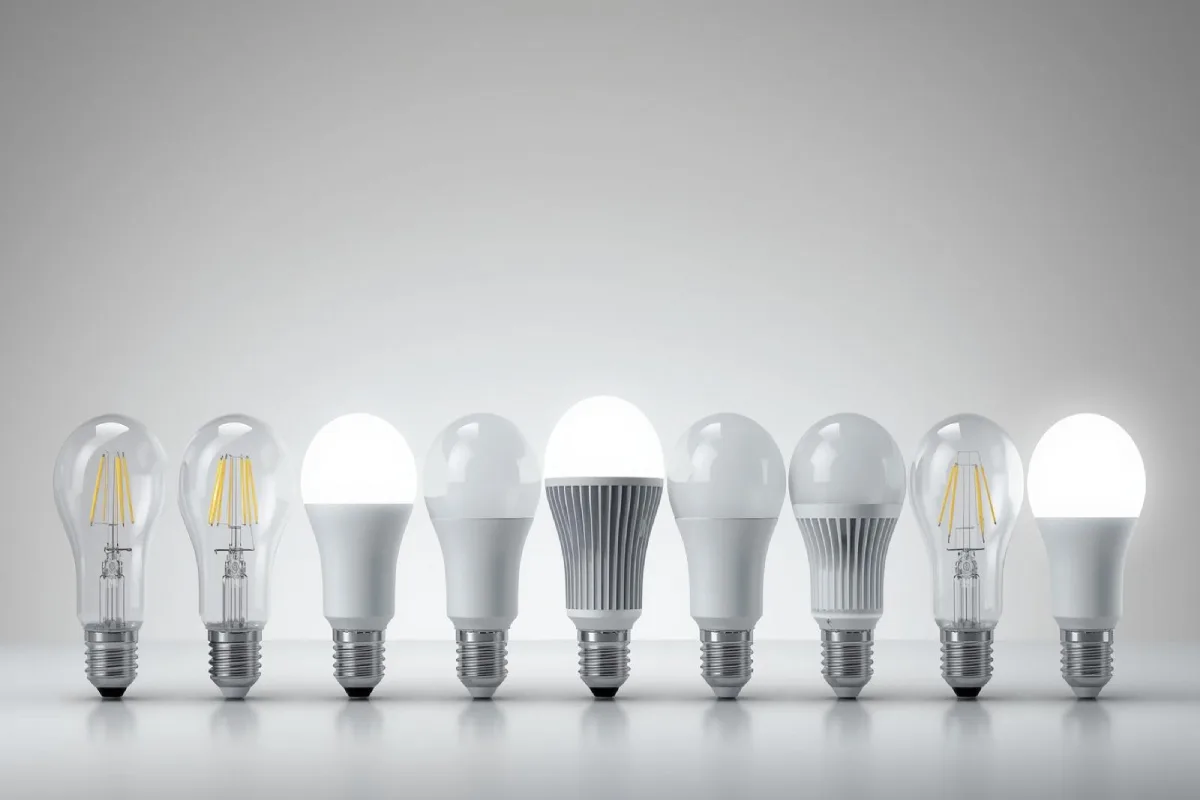Why Choose TOSUNlux LED Tube Lights for Industrial Lighting
09th Nov 2025
Industrial and commercial spaces demand reliable, cost-efficient lighting that enhances productivity and safety. Traditional fluorescent systems, while once popular, are increasingly being replaced by modern LED tube lights known for their durability, lower energy use, and reduced maintenance needs. As a trusted LED tube light manufacturer in China, TOSUNlux offers an extensive range of T8 tube lights engineered for industrial facilities, warehouses, and educational institutions. With over 30 years of expertise, TOSUNlux provides certified lighting products that combine long service life, high lumen output, and global energy standards compliance. In this article, we’ll explore why TOSUNlux LED tube lights are the preferred choice for modern industrial environments. What Makes TOSUNlux LED Tube Lights Stand Out High Energy Efficiency and Cost Savings A primary reason industries switch to LED technology is energy efficiency. Compared to conventional fluorescent or halogen lamps, TOSUNlux LED tube lights consume up to 60–70% less electricity, resulting in significantly lower energy bills and operational costs. Key advantages include: T8 LED Nano Plastic Tube High Energy Efficiency (70% Savings) Durable Nano Plastic (Shatterproof) 50,000-Hour Long Lifespan CE, CB, & TÜV Certified View Details & Specs Long Lifespan and Low Maintenance Requirements Every hour of downtime in an industrial facility costs time and money. TOSUNlux addresses this challenge with LED tube lights designed for longevity, typically lasting over 50,000 hours. This extended service life means fewer replacements and minimal maintenance, a crucial advantage for warehouses, factories, and educational institutions where accessibility can be difficult. Features that extend service life: Quality You Can Trust: Certified […]
Leer más : +86-139 0587 7291
: +86-139 0587 7291 Inglés
Inglés Español
Español Ruso
Ruso Francés
Francés árabe
árabe Portugués de Brasil
Portugués de Brasil Ucraniana
Ucraniana Turco
Turco Polaco
Polaco Países Bajos
Países Bajos italiano
italiano Lenguaje indonesio
Lenguaje indonesio Hindi
Hindi árabe
árabe አማርኛ
አማርኛ Հայերեն
Հայերեն Sí
Sí Mongol
Mongol فارسی
فارسی Chisme
Chisme Elogio
Elogio









